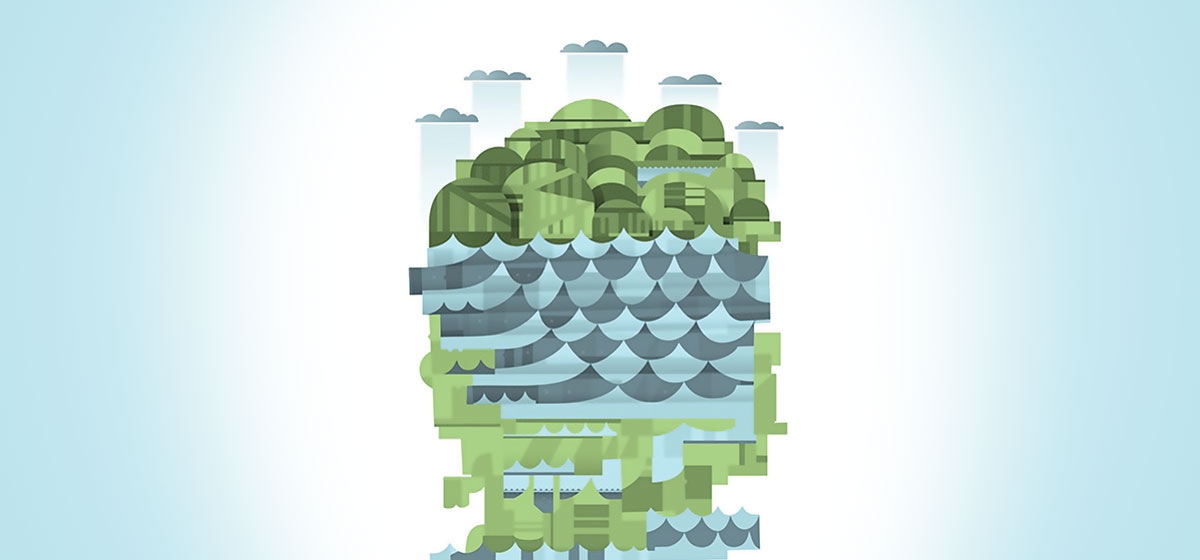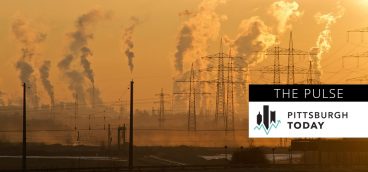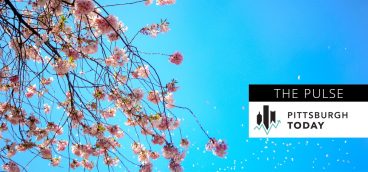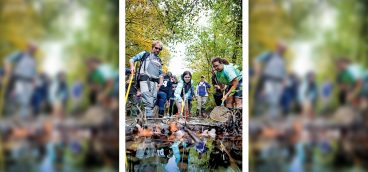
An April 23 Forbes article describes “America’s 10 Thirstiest Cities,” and, of course, each is west of the Rockies and faces some degree of water crisis. Closer to home, the Great Lakes, which hold roughly 20 percent of the world’s fresh water, have dropped dramatically in the past decade. Explanations range from weather patterns to global warming to dredging that allows too much water to flow to the sea.
In Pittsburgh, we never suffer from lack of water. It’s our greatest natural resource, followed by energy. So with the city hosting World Environment Day and its focus this year on water, an observer might wonder, are we making the most of this asset?
Our waterways—along with coal—put Pittsburgh on the map for strategic reasons during the French and Indian War and later for transportation, as the city was able to send its manufactured goods west and equip a growing nation. In our industrial past, rivers were used as sewers, and what thought went into them amounted to how to reduce flooding and keep from falling into them.
Our water assets, however, are likely to graduate in importance in coming decades—from transportation to the fundamental necessity of sustaining our environment and lives. So with this natural gift of a relative superabundance of water, how are we doing as stewards? How do we plan to use it wisely?
We face two main water issues—infrastructure and water quality. With infrastructure, it’s relatively simple: our water pipes are nearing an average age of 100 years and will need to be replaced.
With quality, however, the question really is murkier. How important is water quality to Pittsburghers? Clearly, we need clean water to drink. Is our drinking water as pure and healthy as we would like?
Beyond drinking, do we want to be able to swim in and boat in our rivers? We know that after a rainfall, raw sewage overflows into the rivers. Are we committed to changing that?
What about fishing? Do we want to be able to fish in the rivers and streams? Are we willing to ensure that the streams have enough flow? And if we wish to eat the fish we catch, are we satisfied that they’re not contaminated?
Those questions lead to one of regional identity and ambition. From promising young graduates to sophisticated CEOs, people have choices about where to live their lives and locate their companies. Do we want to be the kind of place that attracts these people, and are we willing to maintain and expand our environmental assets to make that happen?
Finally, how much tension does there have to be between business and the environment?
Ideally, enlightened executives realize their best employees won’t want to live in a degraded place, and environmentalists realize they won’t get funding if business doesn’t thrive.
We want jobs and prosperity. And we want clean and plentiful water. Why not have both?
The region is home to numerous businesses that offer solutions to many of these questions. Calgon Carbon is one of the world’s leading purifiers of drinking water. Thar Energy is devising a technology to treat water used in Marcellus Shale drilling and sewage water—with the aim of making both potable.
In the Pittsburgh of the future—and the Pittsburgh of the present—our most pressing challenge is also our biggest opportunity. If we can balance and blend the interests of our economy and our environment—with each strengthening the other—we can become the greatest city in the world.





